BORT StabiloNec® Eco, Stiff- 1 Neck Brace, Neck Collar for Whiplash
$46.99 Original price was: $46.99.$39.99Current price is: $39.99.
Bort Anatomical cervical support, neck brace for stabilization of cervical spine. Integrated reinforcement strap. Neck collar for Whiplash, Neck Strain.
BORT StabiloNec® Eco, Stiff- 1 Neck Brace, Neck Collar for Whiplash
SKU# 127570
Product specifications
– Anatomical cervical support for stabilization of cervical spine
– Integrated reinforcement strap
– With recess for larynx
– Stiff, open-pored foam, density 45
– Adjustable Velcro fastening
– Length: 22.0″ inches
COLORS: skin-tone, blue/black
The MED-Plus concept
– Optimal support
– Particularly rounded edges
– Skin-friendly 100% cotton cover
Indications
- Severe painful conditions
- minor whiplash injuries
- cervical syndrome
- post-operative
What is a Cervical Collar Used for?
Noone wants to buy a neck brace, but for certain injuries, this is a necessary part of treatment. Some of the most common neck injuries that often require a cervical collar:
-
-
Neck Strain
Strains to the muscles of the neck are by far the most common source of neck pain. Its symptoms, including pain at the back of the neck and limited range of motion, might stem from a sports injury or simply sleeping in a funny position.
In most cases, neck muscle pain relief can be achieved by following simple, at-home steps such as applying heat to the sore region and taking a break from stressful activities and plenty of rest.
-
Whiplash
Extensive measures may be needed for more serious neck strains, such as whiplash.
Whiplash refers to a forceful back and forth movement of the neck, often due to a rear-end automobile accident. Sports injury (especially in contact sports), physical abuse, or other trauma can also cause whiplash.
This motion can damage your bones, discs, ligaments, muscles, nerves, or other tissues of the neck. Therefore, it is important to seek medical attention if you suspect a whiplash injury.
Common symptoms of whiplash include:
- Neck pain
- Stiffness
- Headache
- Tingling or numbness
- Blurred vision
- Dizziness
- Fatigue
- Problems concentrating
- Irritability
- Ringing in the ears
-
Treatment for whiplash will vary on a case-by-case basis, but for many kids, it will involve rest, ice and heat therapy, and eventually stretching and movement exercises to return range of motion to their neck.
In many cases, a doctor will recommend you to wear a soft cervical brace to support the neck. Doing so can immobilize their spine in a neutral position, easing pain and inflammation.
-
-
-
Torticollis
Torticollis is a rare condition that causes your neck muscles to contract, pulling their chin toward their shoulder.
If you have torticollis, a doctor might teach you neck stretching exercises to practice at home. Stretches help loosen your tight neck muscles and strengthen the weaker ones on the opposite side to straighten out their neck.
Some doctors also suggest having you wear a cervical collar or going to physical therapy to correct your head tilt.
-
After Surgery to the Cervical Spine
Another scenario where you might need a therapeutic collar for after surgery to the cervical spine. In some instances, a more elaborate neck brace may be needed, while in other cases this simple, soft cervical collar will suffice.
-
-
How Long Do I Need to Wear a Neck Brace?
A neck brace for a few hours at a time during the first week after injury. Long-term reliance on a neck collar can leave muscles weak, which can hinder the recovery.
A doctor might also recommend wearing a soft, foam neck support at night, especially if you are having trouble sleeping. A cervical neck collar for sleeping can limit movement during the night, reducing pain and giving you a better night of sleep.
In most cases, a neck collar for pain should only be worn for around a week, but full recovery from whiplash often takes months. Be patient and follow a doctor’s instructions to avoid complications and help you heal as quickly as possible.
SIZES Chin height
Size 0: 2.2″ inches
Size 1: 3.0″ inches
Size 2: 3.5″ inches
Size 3: 4.3″ inches
One length only (22.0″ inches), to fit neck circumference from 12.6″ to 17.7″ inches
| Weight | 0.5 lbs |
|---|---|
| Indications | Severe pain, moderate whiplash neck injuries, cervical syndrome, postoperative |
| L-Code |
Only logged in customers who have purchased this product may leave a review.

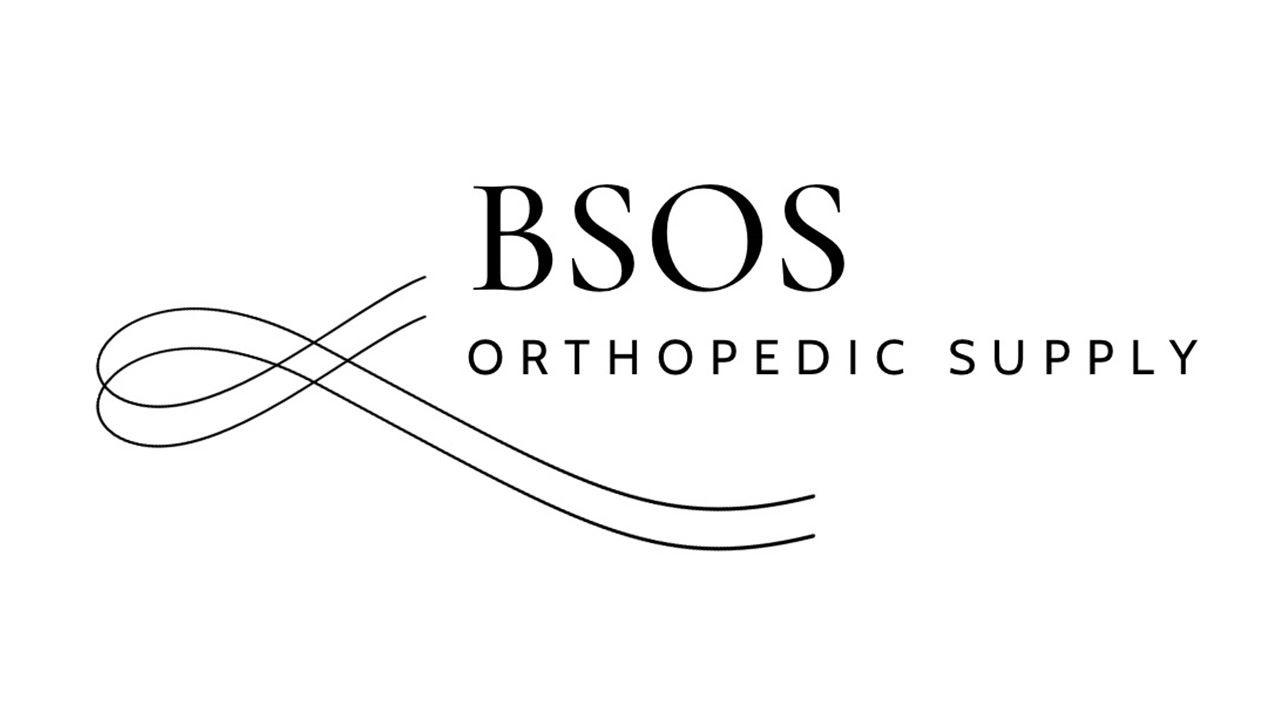
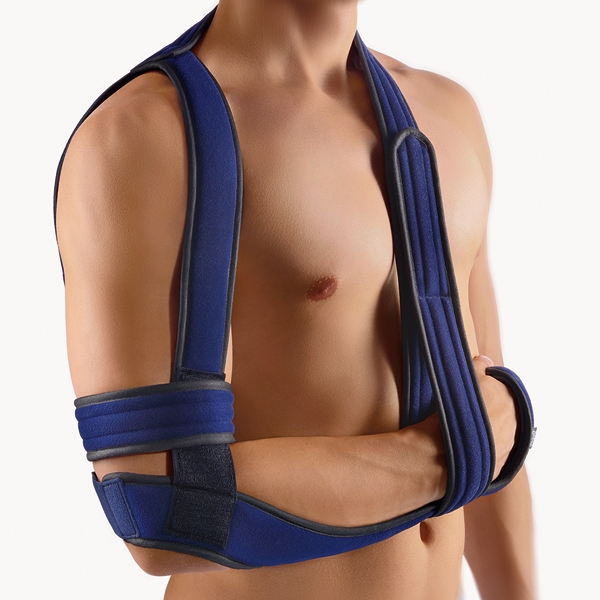
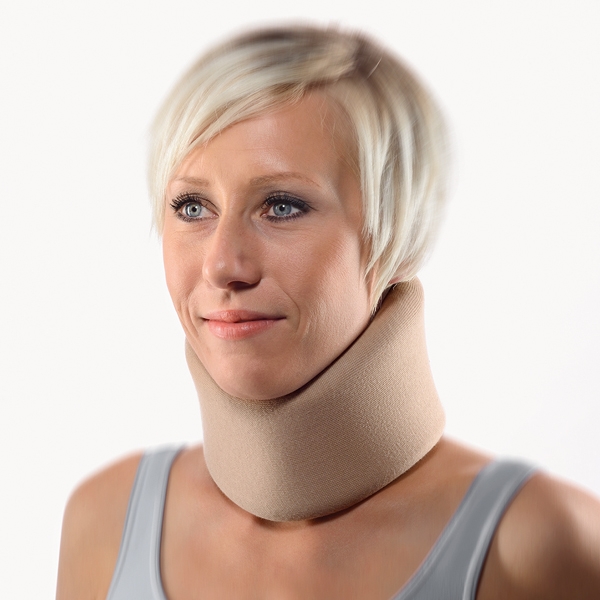
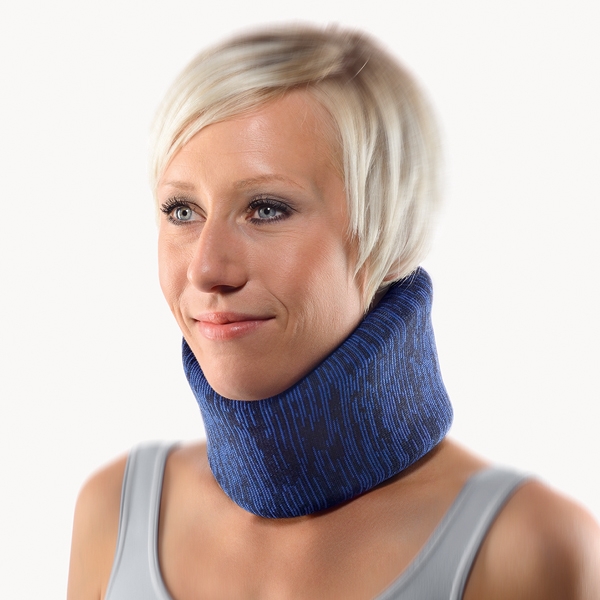
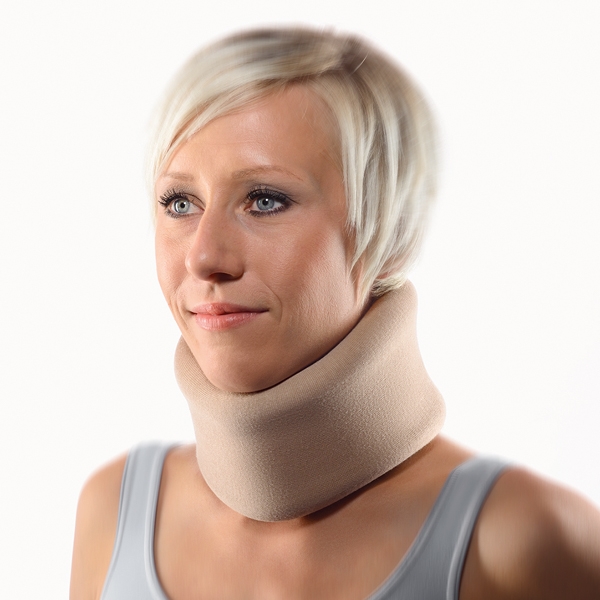
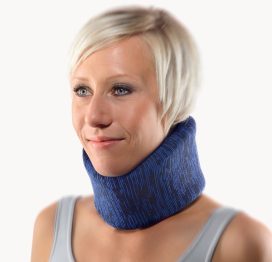
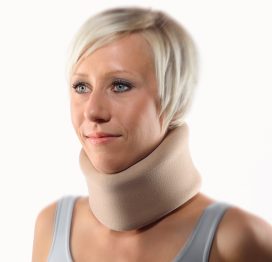
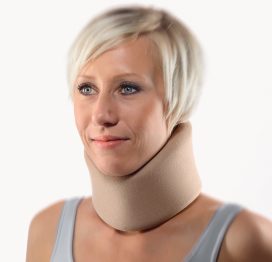
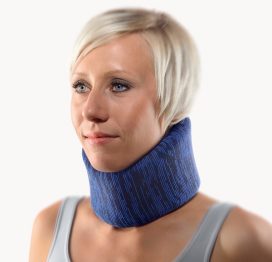

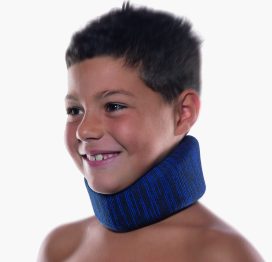

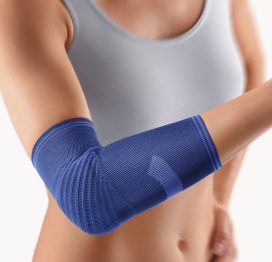
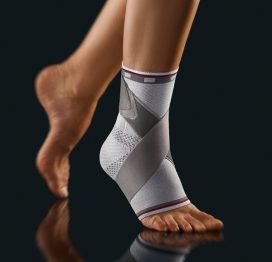
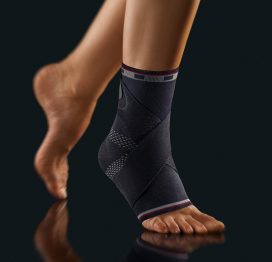
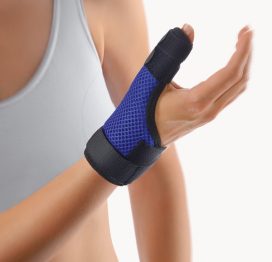
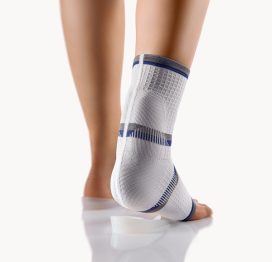
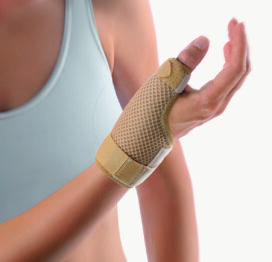

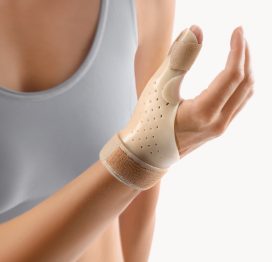
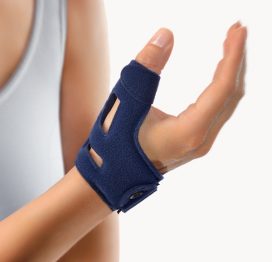
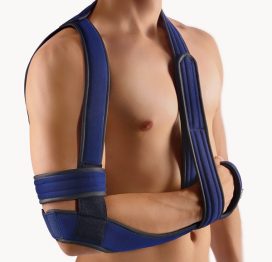
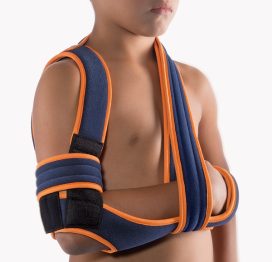
Reviews
There are no reviews yet.